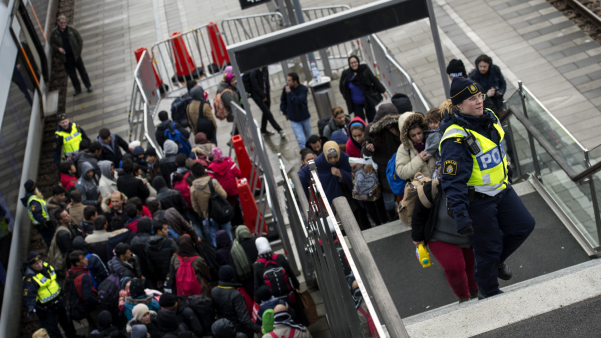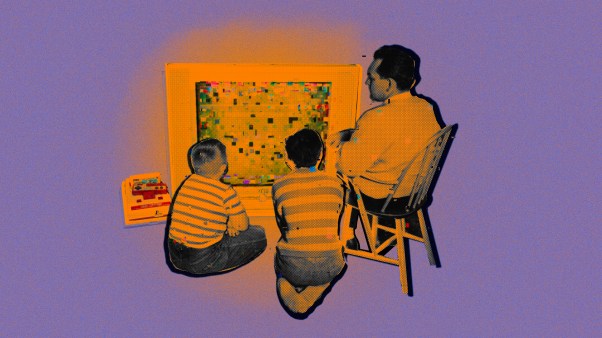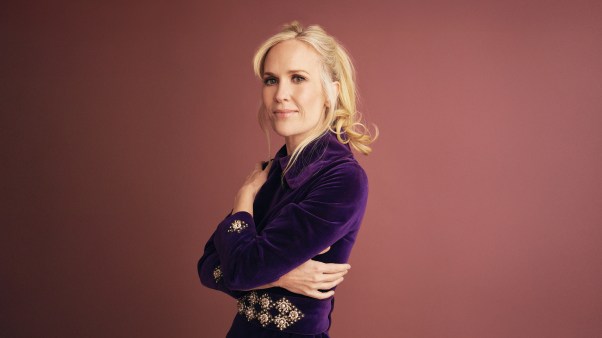The custom of giving the bride away has been criticized recently as archaic, inappropriate, and meaningless. Women are no longer chattels of the father and the husband. No longer does the father provide a dowry in terms of money, goods, or estate that his daughter brings to the marriage as compensation for the fact that she is a female (although some people suggest that the tradition of the bride’s family bearing the brunt of the wedding expense is a persistent remnant of this earlier practice).
A father once said to me at a wedding rehearsal, “I’ll go along with that part in the ceremony, but I really don’t believe I’m doing anything significant by giving my daughter away. She was gone long before today!” In a sense that is true. The change in a parent-child relationship, which comes with maturity, starts long before a wedding day. The choice of a mate is only another symbol of what has been happening for years. Thus, in many churches, new and revised orders for the Service of Marriage either make the giving of the bride optional, or omit it altogether.
After twenty years of conducting marriage ceremonies, most couples I talk with still want their ceremony to include some acknowledgment of family ties. Some of them want something different from the traditional question, yet they agree that even though the original intention is no longer valid, the act still has significance.
The moment is packed with deep emotion. But you ought not solve a problem, nor meet a need, by just removing what is unsatisfactory. Replace it with something else. I suggest that we rename this portion of the marriage service and call it “Reaffirming Family Ties.” I discuss this with every bride and groom. More and more couples respond positively. Here is the way it works.
The parents of the groom and the mother of the bride are led to their seats in the traditional manner. The father escorts the bride down the aisle. But when she gets to where the groom is waiting, her father immediately sits with his wife.
At the point in the ceremony where the bride is normally given in marriage, I ask both sets of parents to come forward and stand behind their son and daughter. This follows:
“Mr. and Mrs. _____; Mr. and Mrs. _____; I have asked you to come forward now because your presence at this time is a rich testimony of the importance of family ties. You have encouraged N_____ and N_____ to come to this moment in the spirit of creating a new family constellation. You are giving your children to life’s adventure, and not merely away from yourselves.
“This is what you raise your children for; to let them go—their way. And in their going, they come back again and again to share their discoveries and their joys with you. They confirm for you, who are parents, that you have fulfilled your task. Now, your new role is to support and encourage your son and daughter in theirs.
“It seems right, then, to ask you all, mothers and fathers, to make a vow, just as N_____ and N_____ will make theirs to each other in a moment.
“Do you support N_____ and N_____ in their choice of each other, and will you encourage them to build a home marked by openness, understanding, and mutual sharing? (The parents will answer, ‘We do.’) Mr. and Mrs. _____ and Mr. and Mrs. _____; thank you for your good influence and steady ways that bring N_____ and N_____ to this day.”
The parents may be seated at this point. However, I have seen some mothers and fathers pause a moment to exchange spontaneous signs of affection with the bride and groom through a brief embrace, a handshake, or a whispered word of love.
You might consider one final act in the ceremony to reinforce this reaffirmation of family ties. It is customary at the conclusion of the service to have the ushers return following the recessional and escort the mothers of the bride and groom out of the church, with the fathers walking behind. Why not have the parents leave with the wedding party, falling in step behind the last bridesmaid and usher? This visibly communicates that mothers and fathers, too, are an integral part of the ceremony, not just spectators. Also, from a practical standpoint, this eliminates that awkward pause between the time the ushers leave and return to get the mothers, who must leave before the guests can.
A word of caution. Some weddings do not have both sets of parents present. Through death or divorce, there may be only one parent on the bride’s or groom’s side. There are several other combinations possible. This situation does not mean you must reject the idea of reaffirming family ties. But it will require additional sensitivity to the feelings of the parents, some assurance that they are secure in their single status, and some slight revision in the service itself.
Not all couples or parents will want to try this. But enough of them will to confirm your decision to talk about it with them. The ones who choose to stay with the tradition will have had an opportunity to think about marriage as a rite of passage that not only floods a new home with joy, but also flows back into the homes from which the new husband and wife both came.
EDWIN R. LINCOLN, pastor, First Congregational Church, Guilford, Connecticut.










